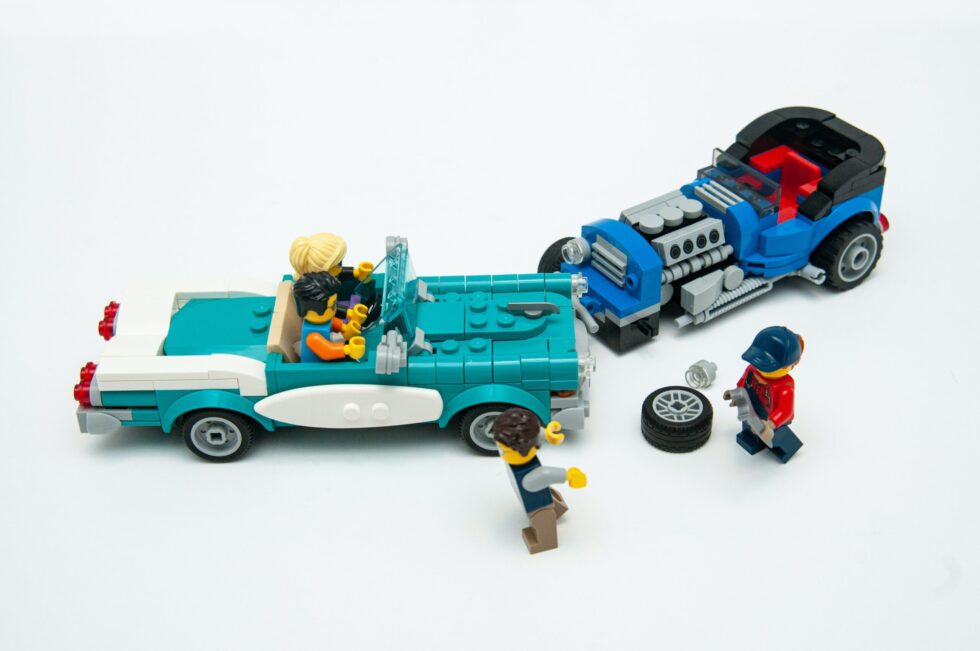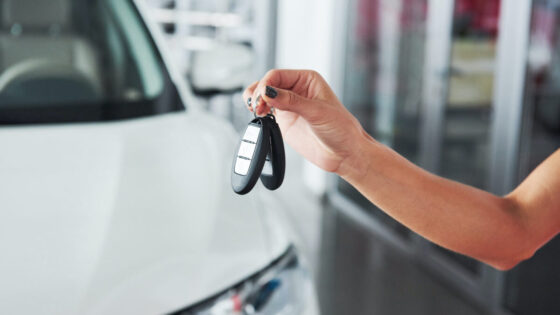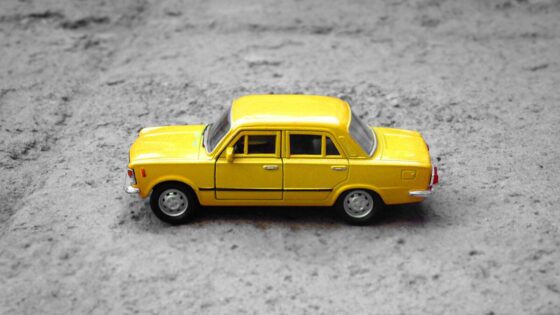How Does an Accident Impact a Car Lease? Exploring the Consequences and Options for Leaseholders

Leasing a car has become a popular option for many drivers, as it offers the benefits of driving a new vehicle without the commitment of a long-term purchase. However, accidents can happen to anyone, and when they do, they can have significant consequences for those who lease their vehicles. In this article, we’ll explore the different ways an accident can impact a car lease, and what options are available to leaseholders.
Leaseholder’s Responsibility for Damages
In the event of an accident, the leaseholder is responsible for any damages that occur to the leased vehicle. This includes any repairs that are necessary to restore the car to its pre-accident condition. It’s important to note that the leaseholder’s responsibility for damages is not limited to the cost of repairs alone. In some cases, the leaseholder may also be responsible for the diminished value of the vehicle, which is the difference between the car’s value before and after the accident.
It’s important for leaseholders to take care of themselves after an accident, both physically and mentally. This can be a stressful and traumatic experience, and it’s essential to prioritize one’s well-being. Advance Wellbeing UK, a health and well-being organization, suggests taking time to rest and recover, staying active, and seeking professional help if needed. After an accident, it’s essential to prioritize self-care to ensure a full recovery and prevent any long-term effects. Link
Insurance Coverage for Leased Vehicles
- Leaseholders are required to carry auto insurance on their leased vehicles, and this insurance typically includes liability coverage, collision coverage, and comprehensive coverage.
- Liability coverage pays for damages and injuries you cause to other people and their property.
- Collision coverage pays for damages to your car if you hit another vehicle or object, and comprehensive coverage pays for damages from non-collision events, such as theft, vandalism, or natural disasters.
Lease Agreement Terms and Conditions
The terms and conditions of the lease agreement will also play a significant role in how an accident impacts the lease. For example, some leases may require the leaseholder to carry a certain amount of insurance coverage, or may limit the number of miles the car can be driven each year. It’s important to review the lease agreement carefully and understand all of the terms and conditions before signing.
Total Loss
Leased Car Total Loss and Leaseholder’s Responsibilities
If the leased vehicle is involved in an accident that results in a total loss, the leaseholder is typically responsible for paying the remaining balance on the lease. This is because the insurance company will only pay the current market value of the car at the time of the accident, which may be less than the amount owed on the lease.
Insurance Coverage for Leased Car Total Loss
Leaseholders can protect themselves from the financial impact of a total loss by purchasing gap insurance. Gap insurance is designed to cover the difference between the current market value of the car and the amount owed on the lease. This can provide peace of mind for leaseholders who want to protect themselves from the financial consequences of a total loss.
Repairing a Damaged Leased Car
- Insurance Coverage for Repairing a Damaged Leased Car
If the leased vehicle is damaged in an accident but is not a total loss, the leaseholder may be responsible for the cost of repairs. However, if the leaseholder has collision coverage, the insurance company will typically cover the cost of repairs, minus any deductibles.
- Lease Agreement Terms and Conditions
Again, the terms and conditions of the lease agreement will play a role in how repairs are handled. For example, the lease may require the leaseholder to have repairs done at a specific repair shop or may limit the amount of time the car can be in the shop.
Find out more about Vehicle Maintenance and Repair, we have collected a lot of tips for you in our article Link.
Replacing a Totaled Leased Car
If the leased car is deemed a total loss after an accident, the leaseholder will be responsible for paying off the remaining balance on the lease, minus any insurance payouts received. The insurance company will typically pay the market value of the car at the time of the accident, which may not be enough to cover the full balance of the lease. In this case, the leaseholder will be responsible for paying the remaining balance out of pocket.
Insurance Coverage for Replacing a Totaled Leased Car
Leaseholders can protect themselves from the financial burden of a totaled leased car by purchasing gap insurance. Gap insurance is designed to cover the difference between the market value of the car and the remaining balance on the lease. This insurance can be purchased through the dealership or insurance company at the time of lease signing.
Lease Agreement Terms and Conditions
Lease agreements may also have specific terms and conditions related to totaled leased cars. It is important for leaseholders to carefully review their lease agreement and understand their responsibilities in the event of an accident.
Contacting the Insurance Company
When contacting the insurance company, it’s important for the leaseholder to provide all the necessary information about the accident. This includes the location, time, and date of the accident, the other driver’s information, and a description of the damages. The insurance company will then assign a claims adjuster to investigate the accident and assess the damage to the vehicle.
If the damage to the leased car is repairable, the insurance company will cover the cost of repairs up to the policy limit. The leaseholder should also check if their insurance policy includes rental car coverage, which can provide a temporary replacement vehicle while the leased car is being repaired.
It’s worth noting that if the leaseholder is found to be at fault for the accident, their insurance premiums may increase. Additionally, the leaseholder may be responsible for paying their deductible before the insurance company covers the cost of repairs.
Contacting the Lease Company
In addition to contacting the insurance company, the leaseholder should also inform the lease company about the accident. The lease agreement may require the leaseholder to notify the company within a certain time frame after an accident, usually within 24-48 hours.
The lease company will also need to be informed if the car is a total loss or if it requires extensive repairs. The leaseholder should clarify with the lease company about their obligations and responsibilities for the damaged car, including any fees or penalties for returning a damaged vehicle.
Documenting the Accident
It’s crucial for the leaseholder to document the accident and its aftermath. This includes taking pictures of the damaged car, the accident scene, and any injuries sustained. The leaseholder should also obtain a copy of the police report and keep track of all medical expenses and car repair bills.
Having a detailed record of the accident and its impact can help the leaseholder in dealing with insurance and lease companies, as well as in seeking legal help if necessary.
Seeking Legal Help
If the leaseholder is facing legal issues related to the accident or lease agreement, it may be necessary to seek legal help. An experienced attorney can provide guidance and representation in legal proceedings.
One example of a law firm that offers guidance on car accidents and leases is Rice Law in Maryland. Their Twitter account provides helpful information such as the importance of contacting your insurance company after an accident and documenting the accident thoroughly. Seeking legal help from an experienced attorney like those at Rice Law can also be beneficial in navigating the complex process of dealing with a leased car after an accident. Link
Continuing Lease Payments
Leaseholders are typically required to continue making lease payments even if the car is damaged or totaled. Failure to make payments can result in additional fees or legal action from the lease company.
if you are still in doubt about whether to lease a car, you can read our article that can help you make a decision link.
FAQ
Yes, your insurance company will typically cover the cost of repairs up to the policy limit.
Yes, you will be responsible for paying the remaining balance on the lease, minus any insurance payouts received.
Yes, gap insurance is designed to cover the difference between the market value of the car and the remaining balance on the lease.
It may be necessary to seek legal help from an experienced attorney who can provide guidance and representation in legal proceedings.


